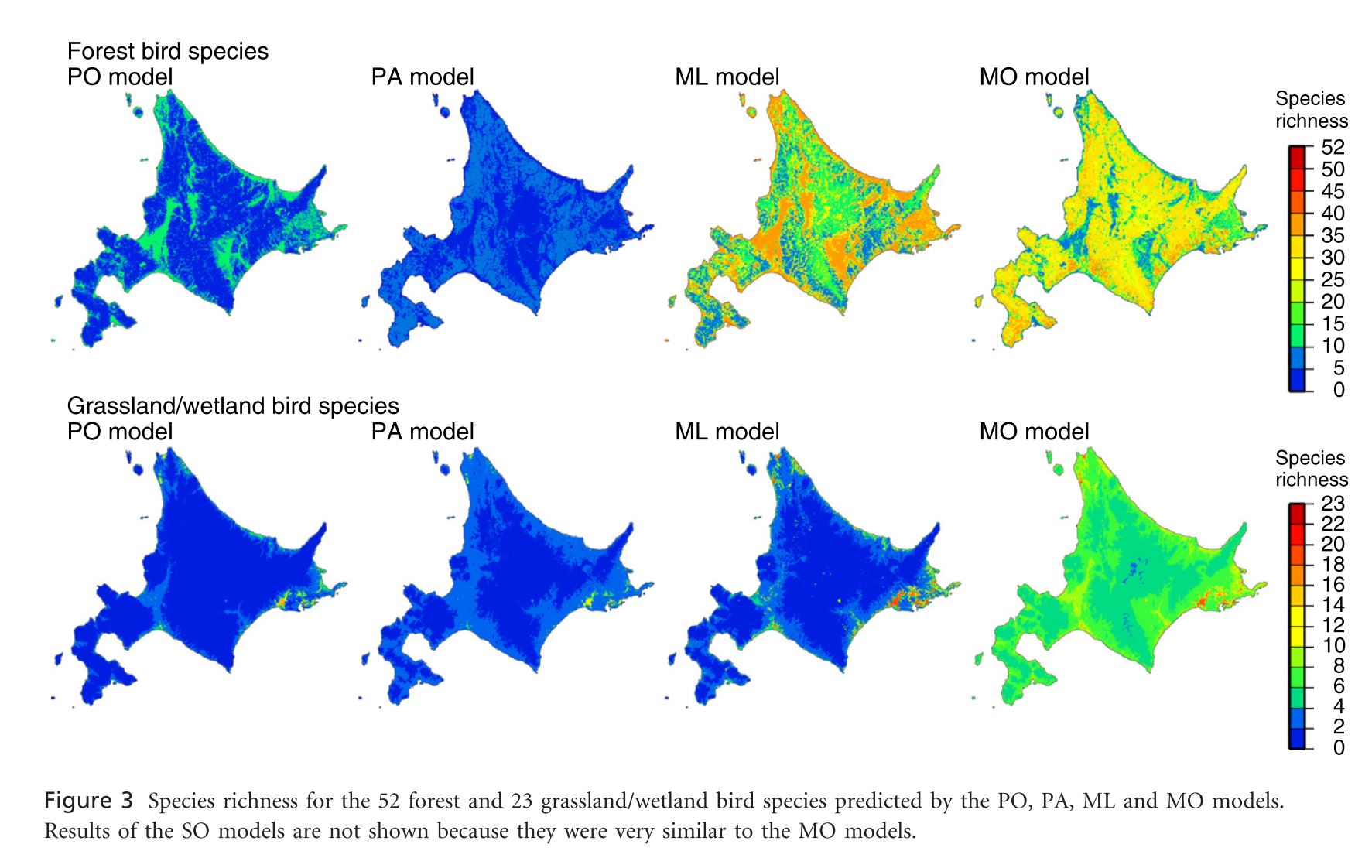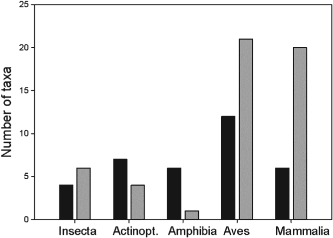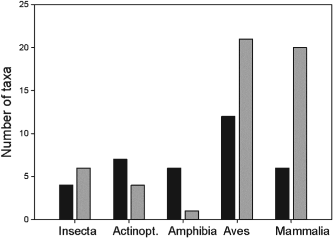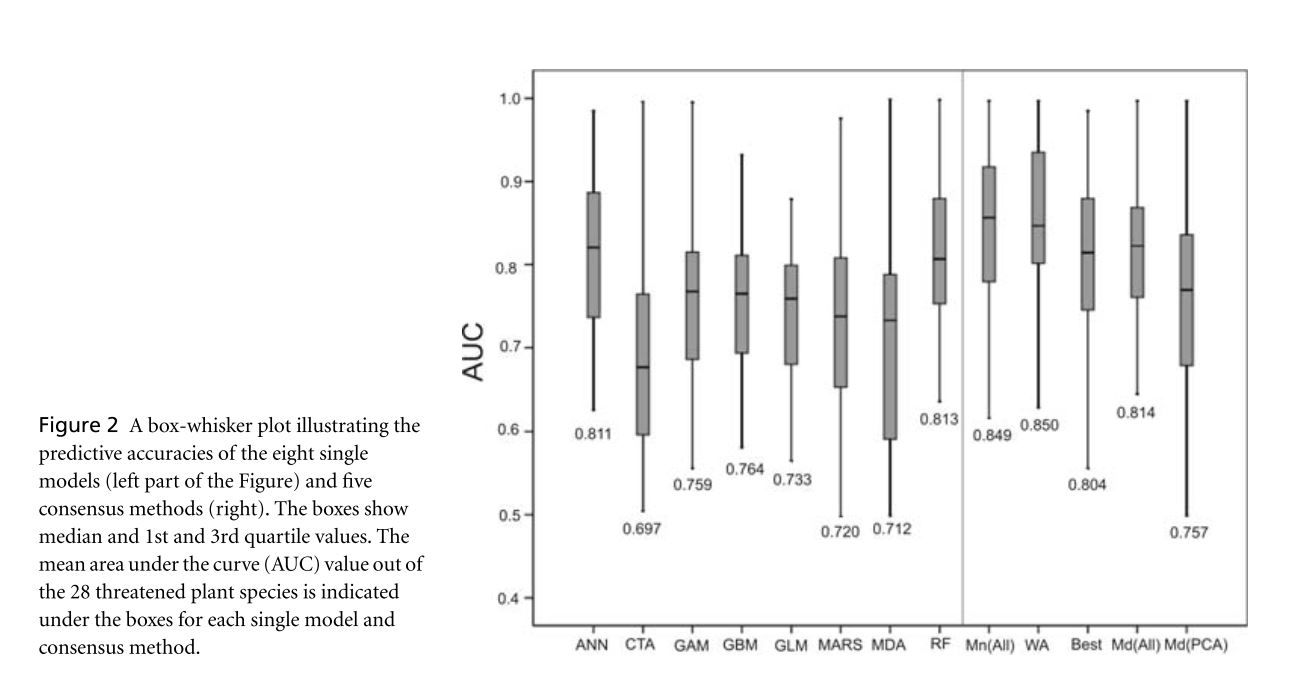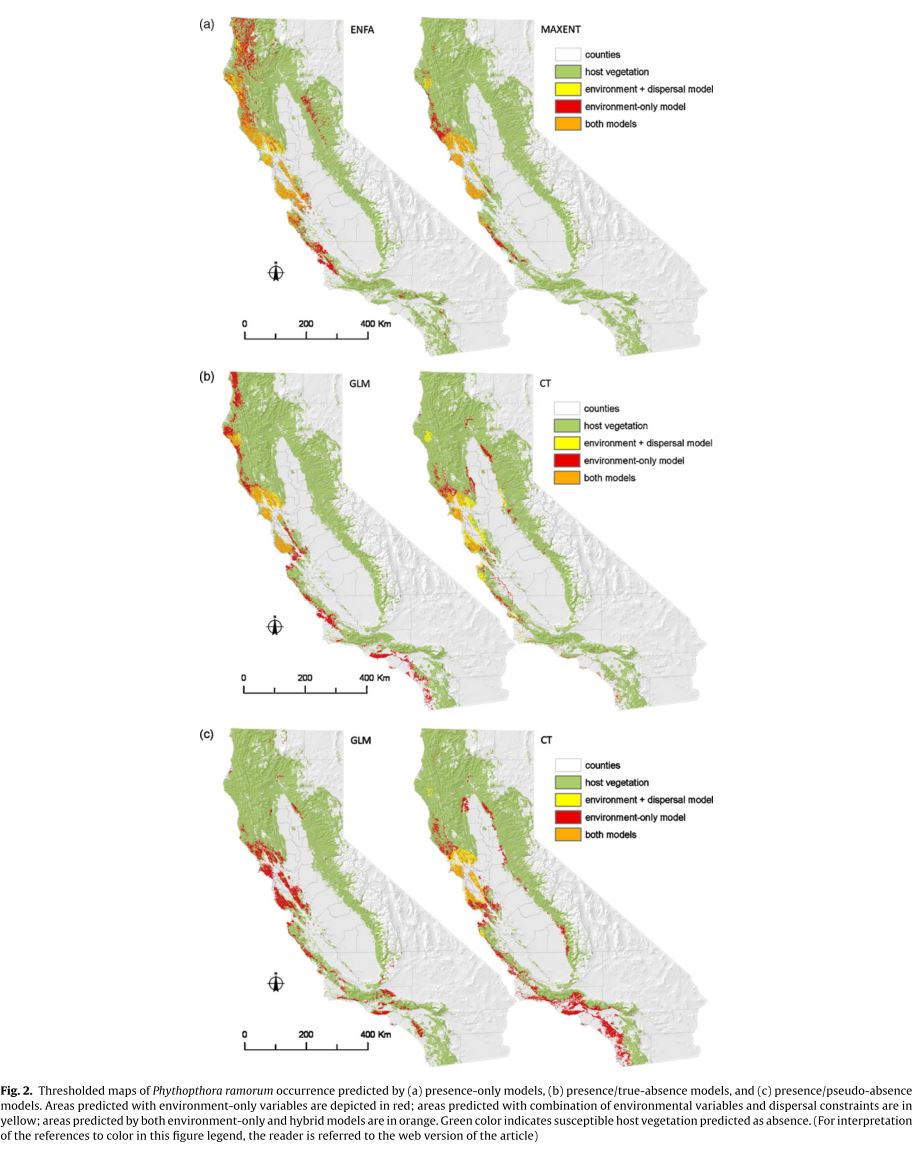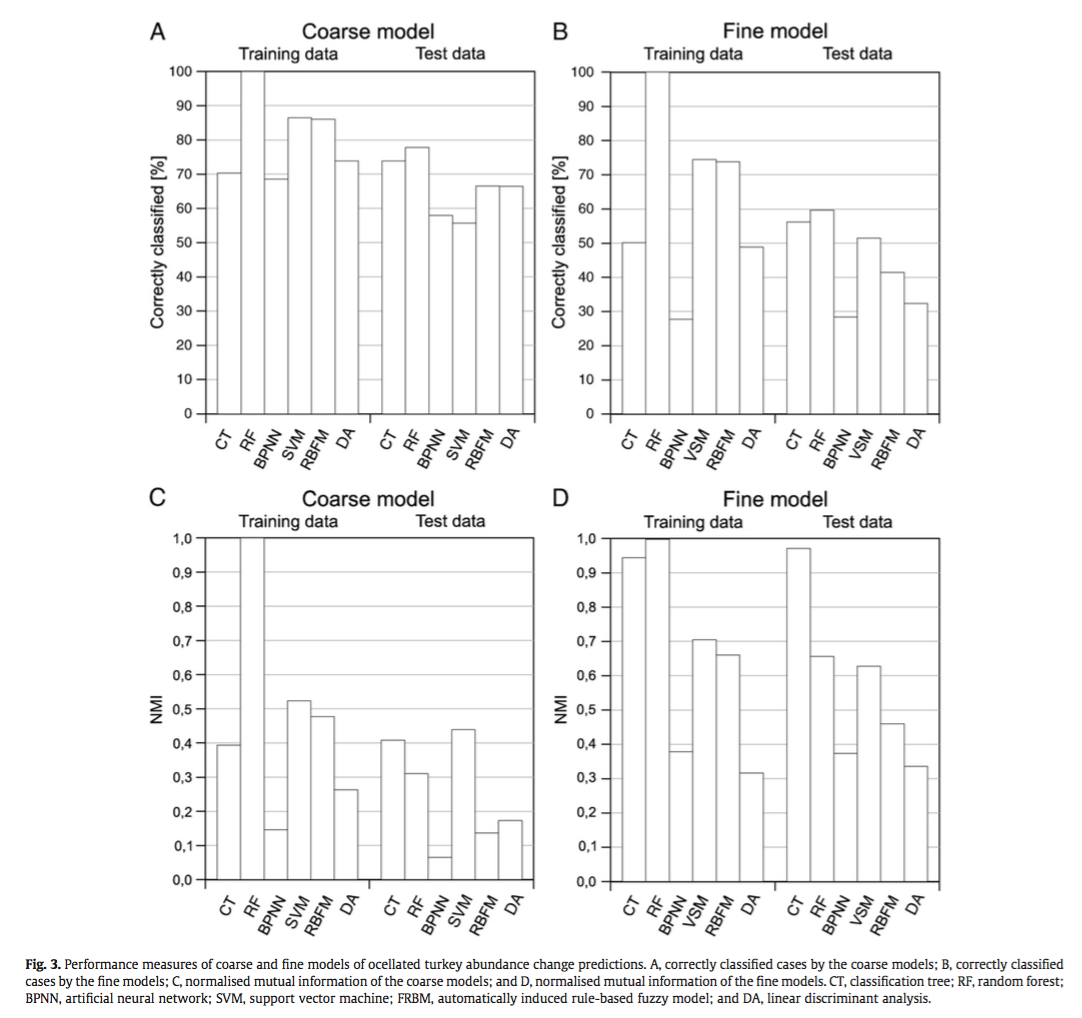http://dx.doi.org/10.1093/jmedent/42.6.1068
Many species distribution models (specifically regarding models for the triatomine vector) are conducted at large geographical scales whereas smaller local scales may be more useful in understanding significant drivers of specific triatomine species distributions and thus a more localized disease risk. Lopez-Cardenas assesses a fine-scale distribution (“ a landscape view”) for 5 triatomine species: Triatoma Mexicana, T. longipennis, T. pallidipennis, T. berberi, and T. dimiata by geo-referencing collection localities and using ecological niche modeling with an evolutionary-computing approach. Triatomine species were collected from the field from 201 communities within Mexico. Risk for disease transmission was also assessed from niche mapping results. Predictor variables included the use of multi-temporal, remotely sensed environmental data sets as surrogate for climate data which permits fine-scale predictions across landscapes since climatic monitoring stations are too sparse to permit development of fine-scale climatic maps. Triatomine occurrence points, were used for each triatomine species and processed in the model GARP to determine species ecological niche. Data were separated into training and testing data and rule variable selection was developed through an iterative selection process. 100 models were generated from the same selective process and the best models were chosen based on ideal omission and commission errors. Chi-squared test was used to compare observed success in predicting distributions of test points with those expected under random models. Results from using GARP has suggested which species provide a greater risk to human health based on their distribution patterns in Mexico. In retrospect, the quality of data they collected seemed ideal for any vector-presence study I’m just curious why they would use occurrence only models such as GARP when they have a good idea of species absence data as well. Perhaps it would be better to use presence-absence models in this situation because of the quality and credibility of their data, and therefore are more likely to have true absences.

